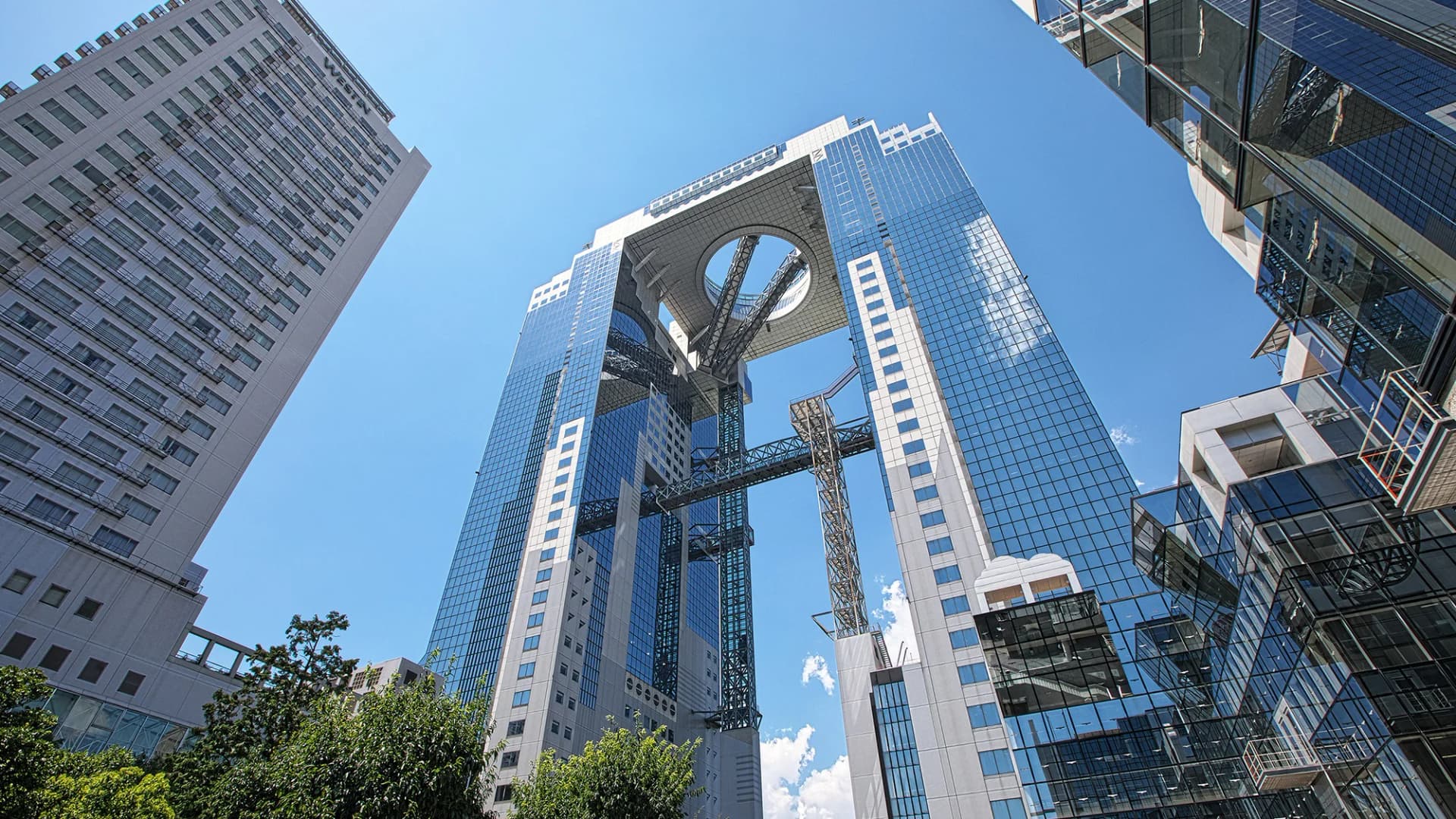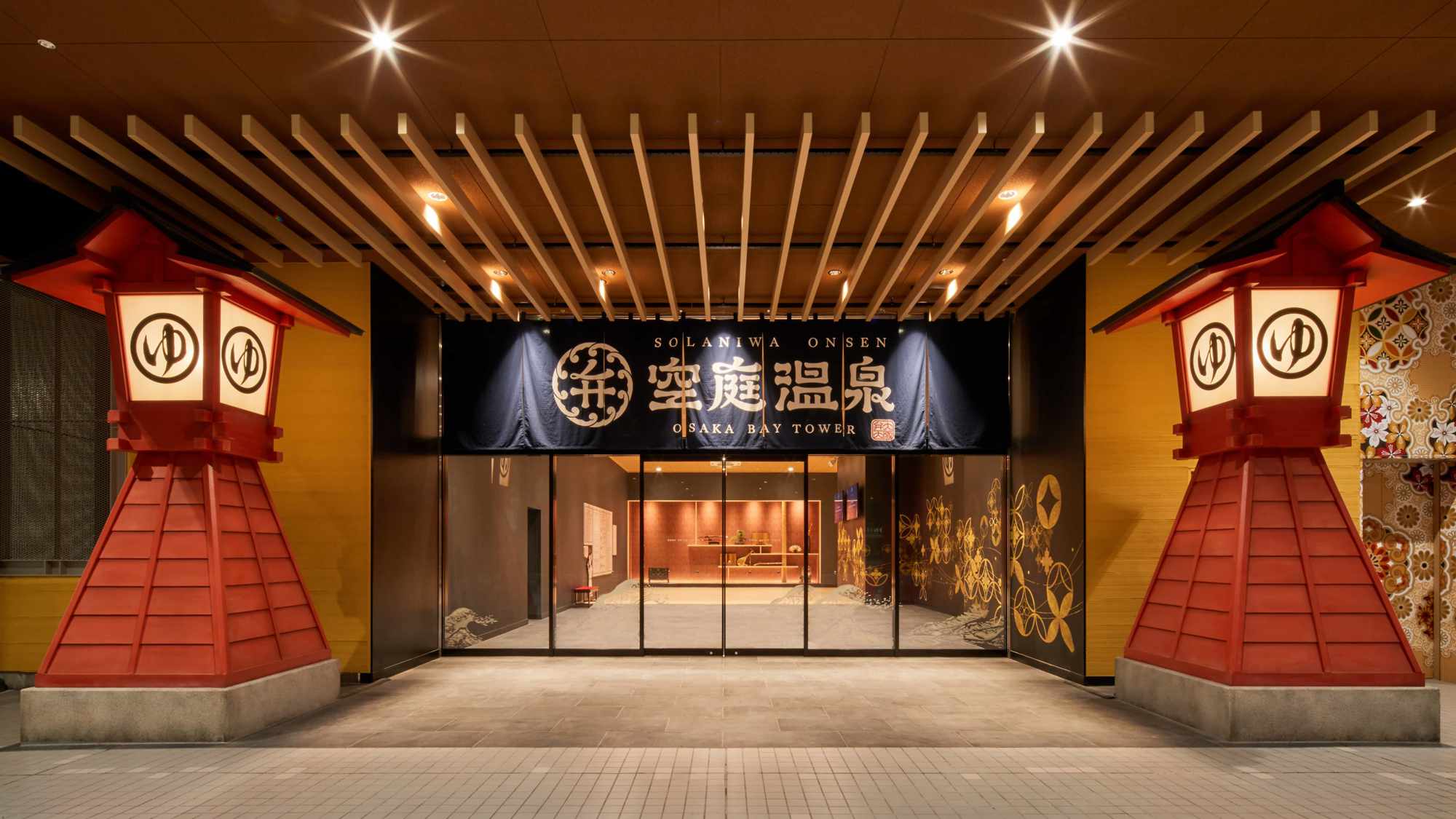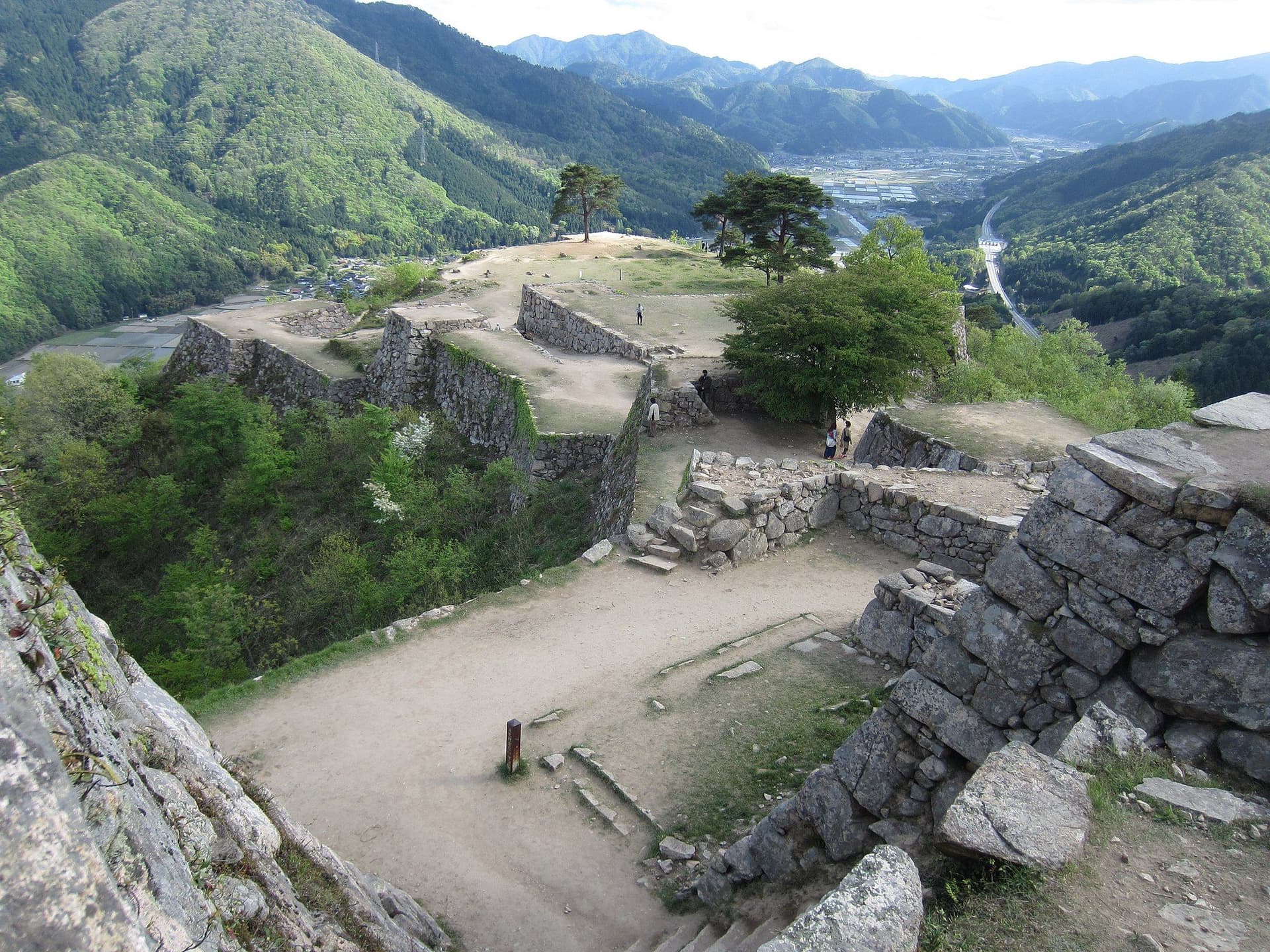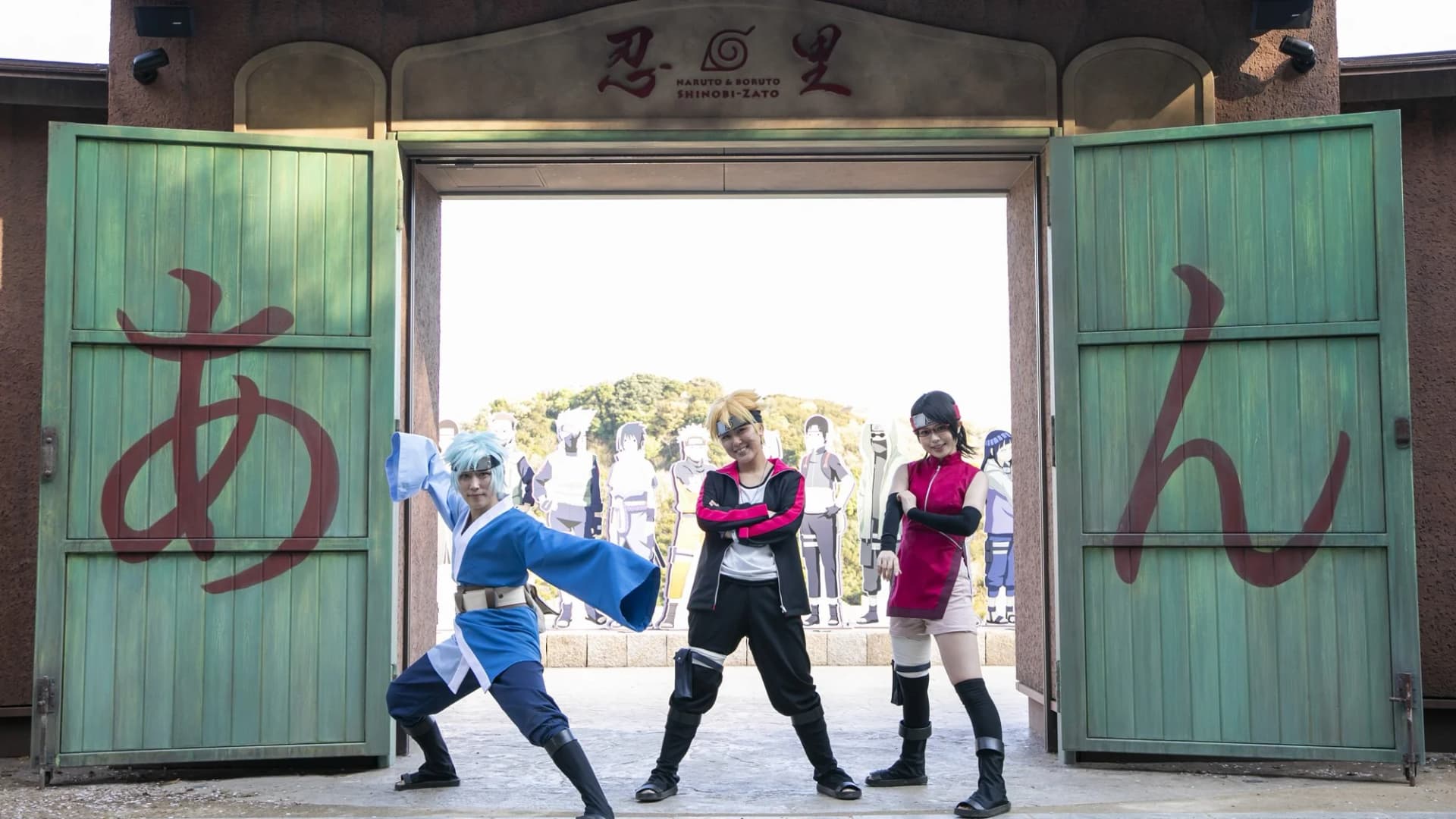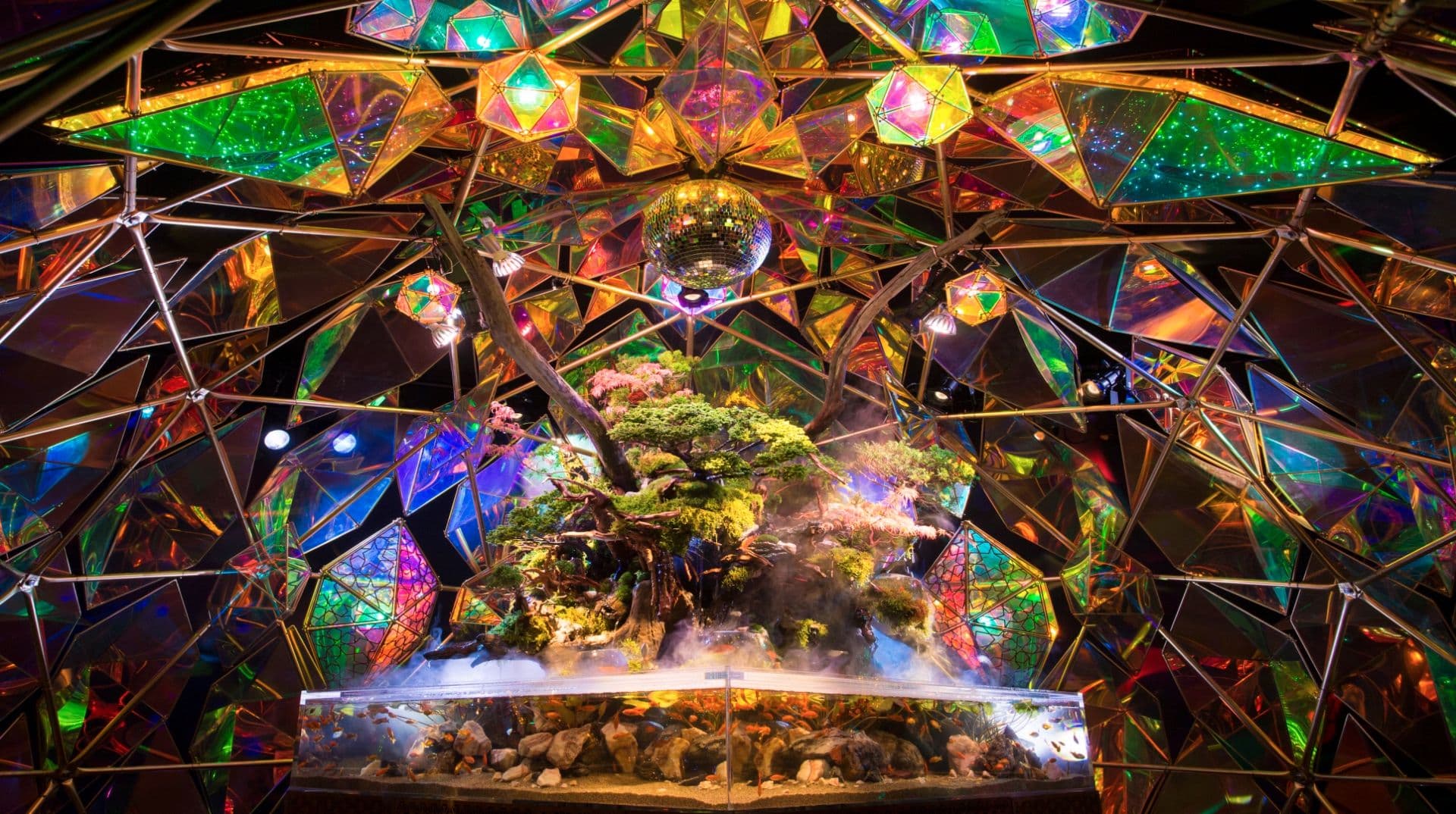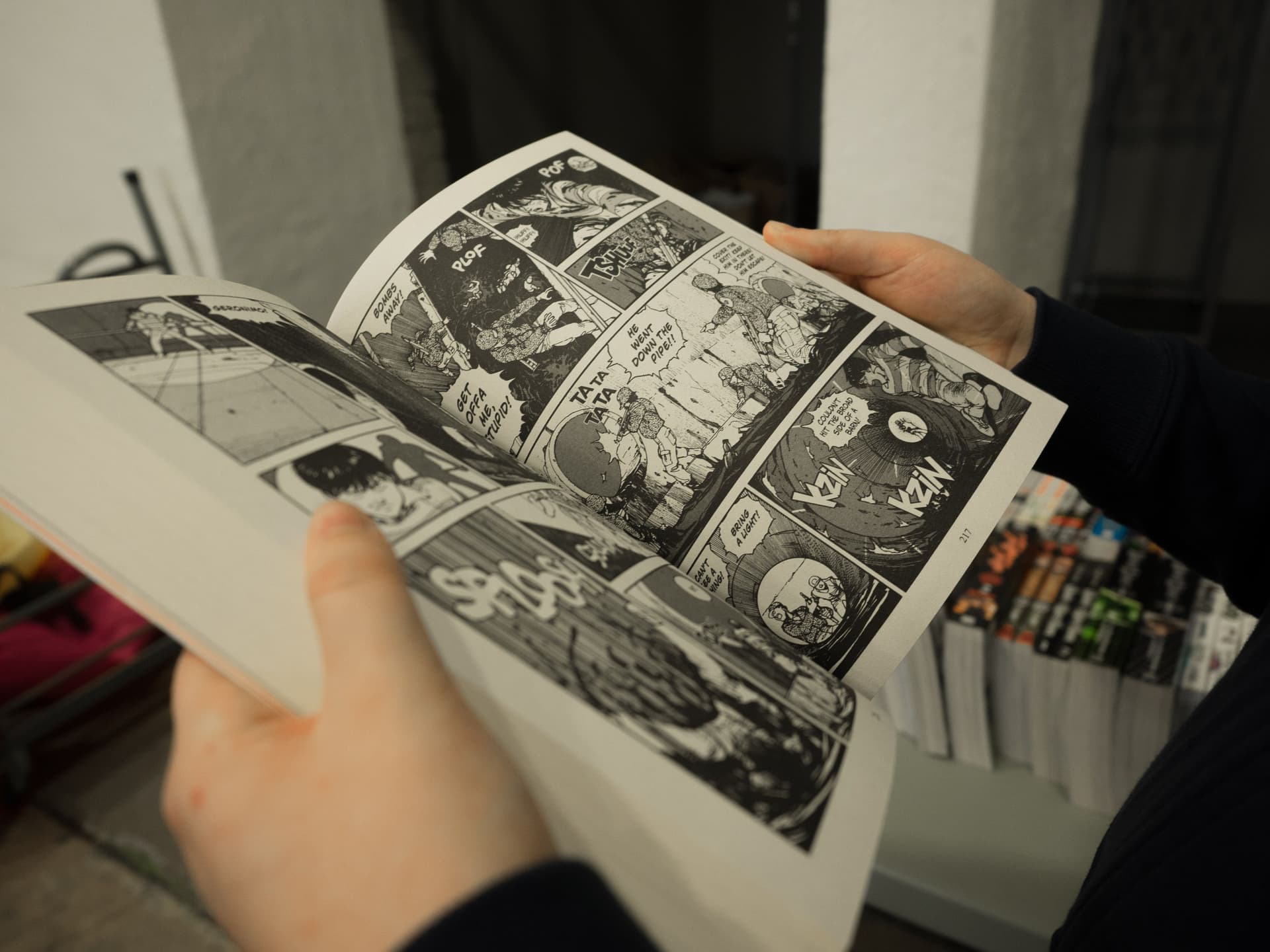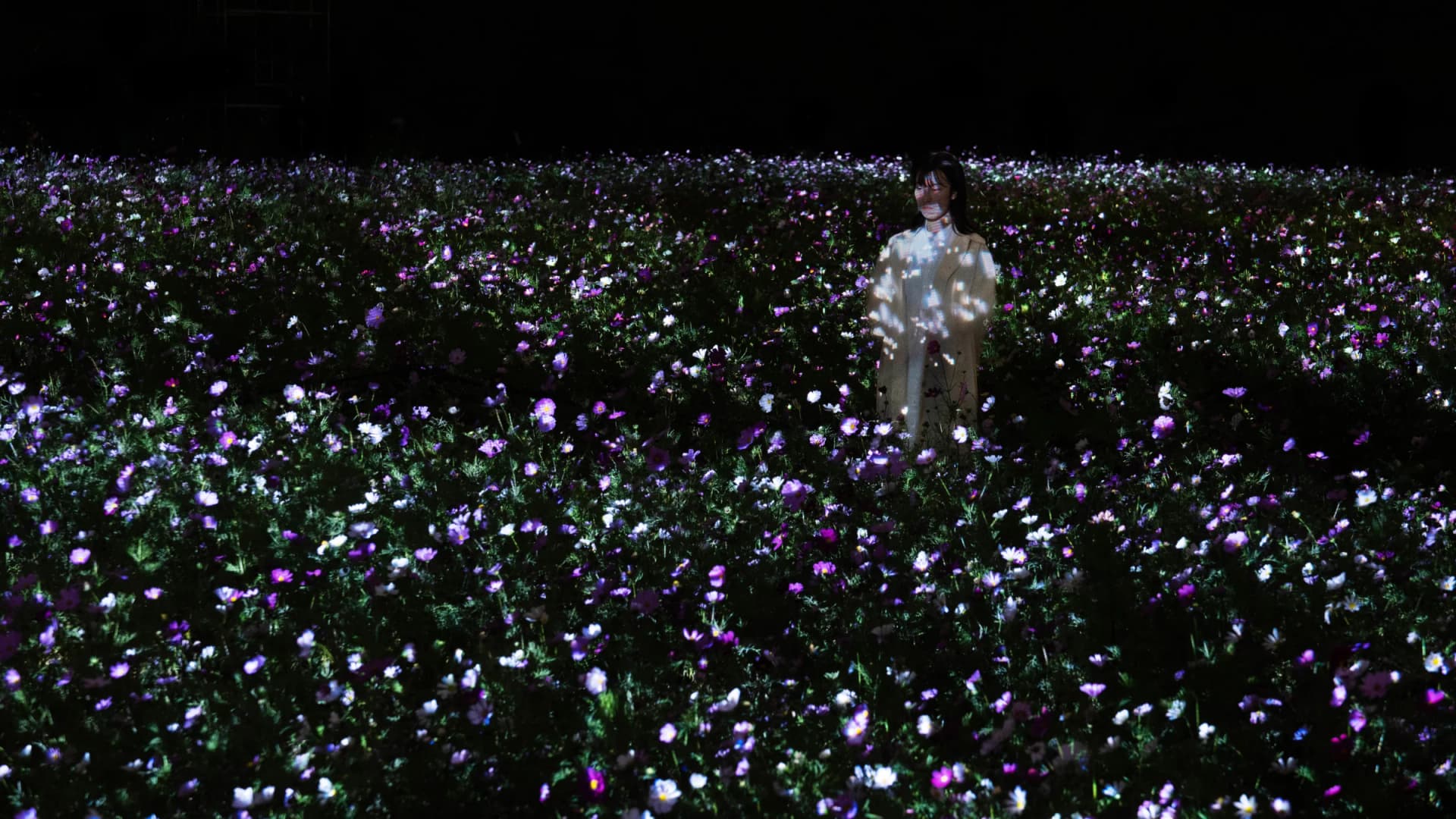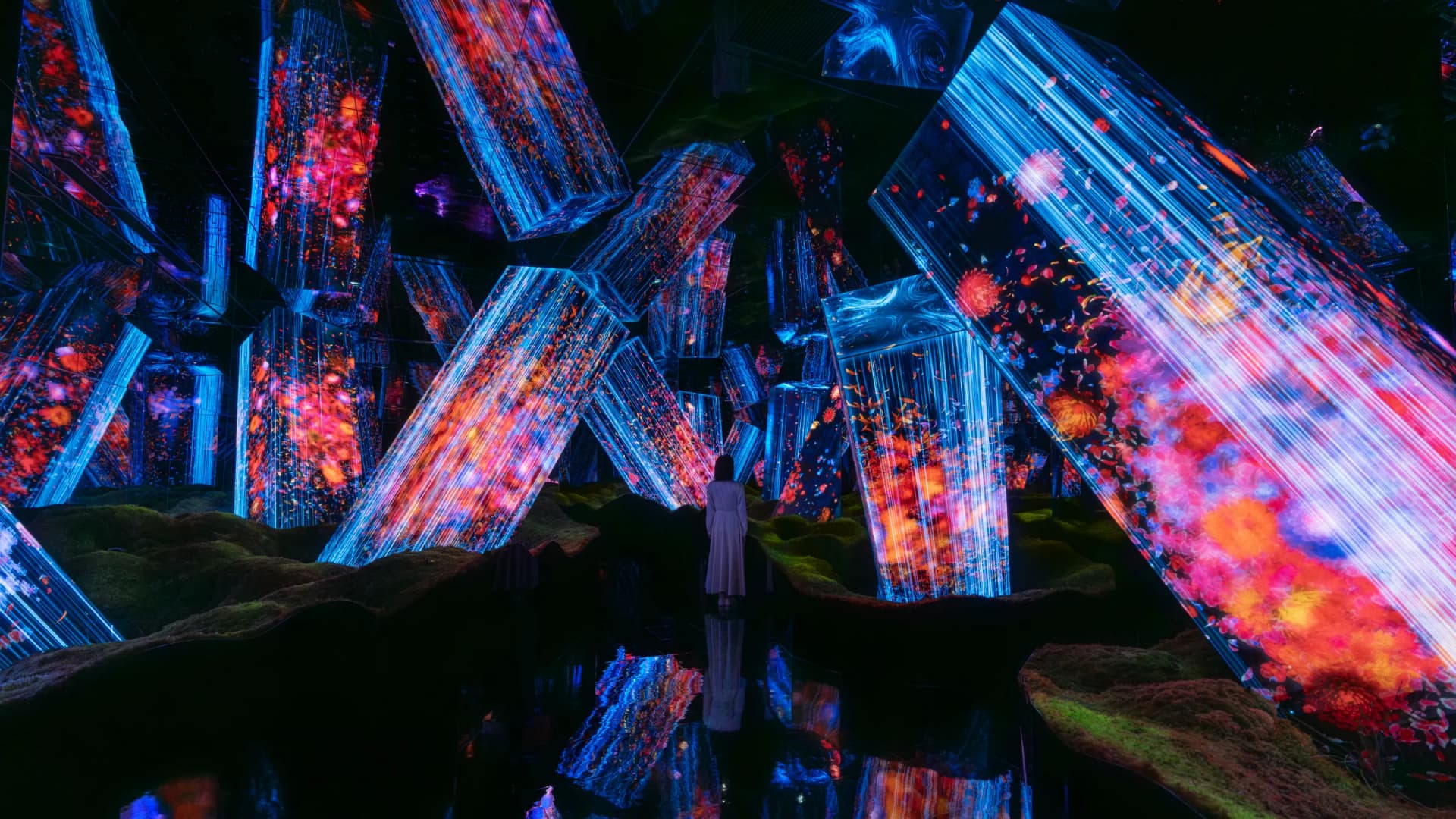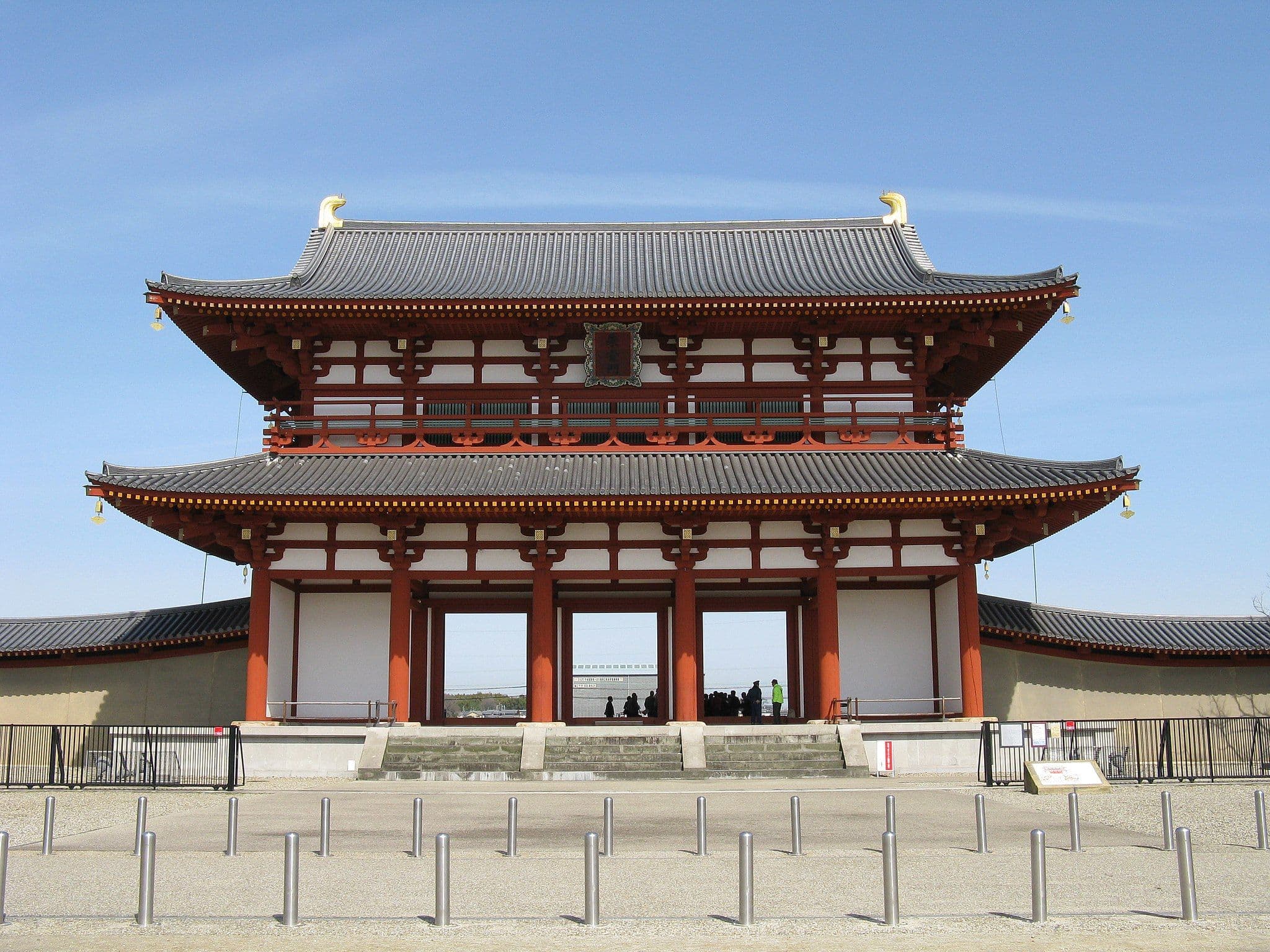
Heijō Palace Ruins
平城宮跡- Yamato-Saidaiji StationKintetsu Nara LineKintetsu Kyoto LineKintetsu Kashihara Line
- Walk 10 minutes
The Heijō Palace was the imperial residence and administrative center during most of the Nara period from 710 to 794. Located in the north-central part of the capital city Heijō-kyō (today's Nara), the palace was designed following Chinese models.
Comprising a large rectangular walled enclosure called the daidairi, the palace housed several ceremonial and administrative buildings, including the government ministries. The emperor's residential compound, the Inner Palace, was separated by walls and contained the residences of the imperial consorts, as well as official and ceremonial buildings linked to the emperor's person.
Designed to reflect the centralised government model adopted from China in the 7th century, the palace served as the appropriate setting for the emperor's residence, state affairs, and associated ceremonial functions. After the capital was moved to Heian, the palace structures either disappeared or were relocated and eventually fell into disrepair.
Excavations of the palace site began in the 1970s and large-scale reconstruction based on contemporary literary sources and excavations took place starting in the 2000s. In 1998, the excavated remains of the palace and surrounding area were designated a UNESCO World Heritage Site as part of the "Historic Monuments of Ancient Nara."
Related topics
At Hey Japan!, we strive to keep the places listed on our website as current as possible. However, it is important to note that location owners or management may make changes to their plans, including canceling events, altering opening times, or modifying admission requirements, without prior notice. To ensure that you have the most accurate information, we recommend checking official websites before visiting any location.
Last Updated:


